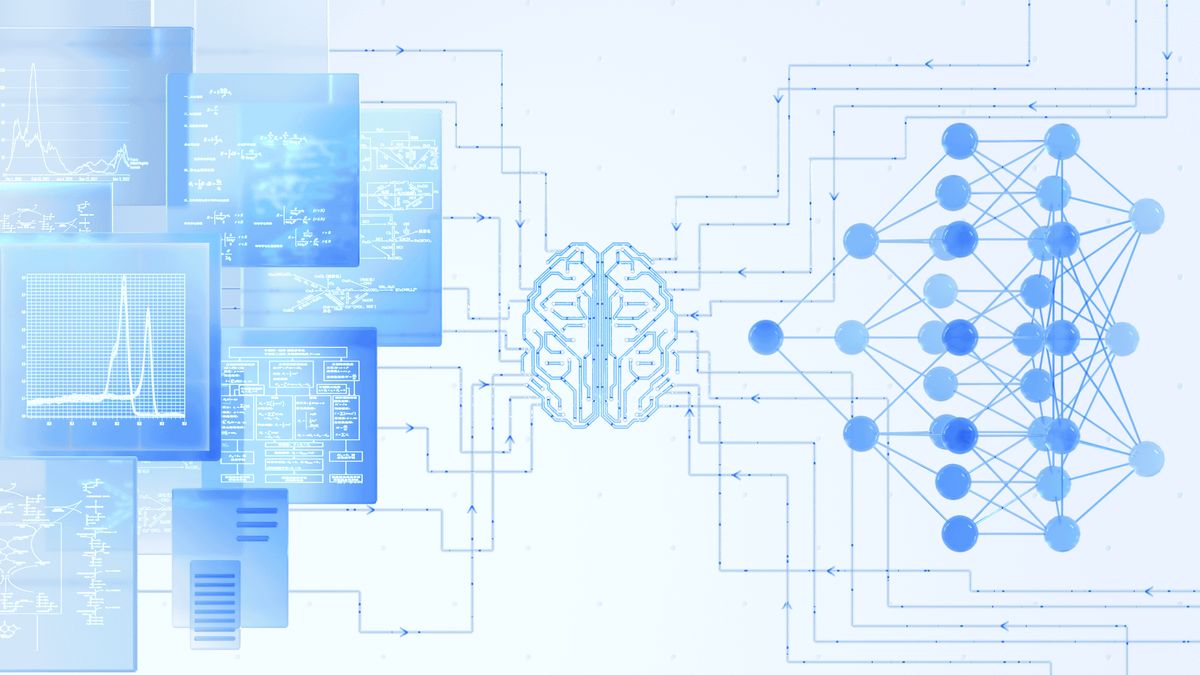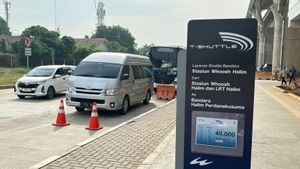JAKARTA - Alibaba DAMO Academy (DAMO), Alibaba Group's global research initiative, shared its annual forecasts regarding leading technology trends that could form many industries in the years to come.
In 2023, DAMO hopes to see technological advances and surges in related applications in various fields, such as:
Generative AI
Generation AI generates new content based on certain collections of text, images, or audio files. Along with future technological advances and cost reductions, Gegenerative AI will become an inclusive technology that can significantly increase content creation variation, creativity and efficiency.
In the next three years, we will see business models emerge and the ecosystem mature as Gegenerative AI is widely marketed. Generation AI models will be more interactive, secure, and intelligent, and help humans complete various creative jobs.
Double Machine Decision Inteligence
In the future, this technology is expected to be widely used in various scenarios to support dynamic, comprehensive, and real-time resource allocations, such as real-time electrical allocation, port traffic optimization, airport booth determination, and improvement of manufacturing processes.
In the future, multiple-engine decision intelligence will be applied in more scenarios to increase the number of entities and expand the scale in regional resource allocation scenarios, and ultimately achieve dynamic, comprehensive, and real-time resource allocations.
Cloud-native Security
Cloud-native security is implemented not only to provide original security capabilities for cloud infrastructure, but also to improve security services by leveraging cloud-native technology.
In the next three to five years, cloud-native security will become more versatile and can more easily adapt to suitable multi-cloud architectures applied to hybrid environments.
Basic Models of Pre-training Multimodals
The basic model of pre-training multimodal has become a new paradigm and infrastructure to build artificial intelligence (AI) systems. Going forward, a basic model is set to serve as the basic infrastructure of AI systems across image, text, and audio tasks, empowering AI systems with cognitive intelligence capabilities in BREACHing, answering questions, summarizing, and producing.
Integrated Cloud Computing Architecture between Hardware-Software
Cloud computing evolves towards a new architecture centered around the Cloud Infrastructure Processor (CIPU). CIPU will become a standard de facto next-generation cloud computing service and create new development opportunities for core software R&D and dedicated chip design.
Predictable Clothing Materials Based on Edge-Cloud Synergy
Predictable fabrics or clothing materials, co-design host network systems driven by advances in cloud computing, aim to offer high-performance network services. Advances in this area also encourage the adoption of predictable structures from data center networks to extensive cloud area backbone networks.
Computational Imaging
Computational imaging is an interdisciplinary technology that emerges. In the future, computational imaging will continue to revolutionize traditional imaging technology and give rise to innovative and imaginative applications such as lensless imaging, and Non-line-of-sight (NLOS) imaging.
Chiplets
Chiplets-based designs allow manufacturers to break the system on chips (SoCs) into multiple chipsets, create chipsets separately using different processes, and integrate them into SoCs via interconnection and eventually head to packaging.
Supported by advanced packaging technology, chipsets can bring a new wave of changes to the integrated circuit R&D process and reshape the chip industry landscape.
Processing in Memory (PIM)
Processing in Memory (PIM) technology is CPU and memory integration in one chip, which allows data to be processed directly in memory. In the future, computational chips in the memory are projected to be used in more advanced applications such as cloud-based inference.
It will shift traditional computing-centric architectures towards data-centric architectures, which will have a positive impact on industries such as cloud computing, AI, and Internet of Things (IoT).
Large-scale Urban Digital Twins
The concept of urban digital twins has become a new approach to perfecting urban governance. So far, large-scale virtual urban planning has made great progress in scenarios such as traffic management, prevention and management of natural disasters, carbon peaks, and neutrality. In the future, large-scale digital urban twins will become more autonomous and multidimensional.
The English, Chinese, Japanese, Arabic, and French versions are automatically generated by the AI. So there may still be inaccuracies in translating, please always see Indonesian as our main language. (system supported by DigitalSiber.id)













